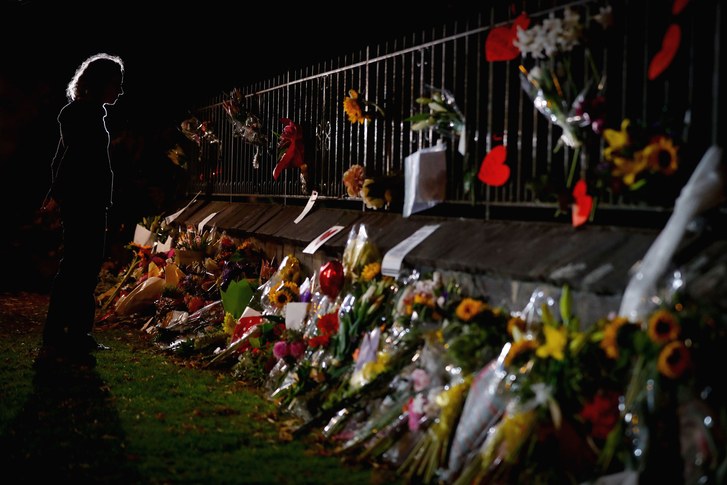AFP |
While journalists around the world face violent threats for their work, attacks against media offices like Thursday’s deadly shooting inside a US newsroom are relatively rare.
The building, which is located in central Algiers, was home to several independent newspapers.
In the latest bloodshed, at least five people are known to have died after a gunman opened fire at the Capital Gazette newspaper offices in the US city of Annapolis.
It comes three years after 24-year-old journalist Alison Parker and cameraman Adam Ward were shot dead during a live broadcast on local television in Roanoke, Virginia.
Read more: Is Social Media a hub of fake news?
Here are some other attacks against the offices of media organisations in recent years around the world:
– Shamshad TV, Afghanistan –
Militants disguised as police officers launched a three hour gun and grenade attack inside the Kabul offices of Shamshad TV in November 2017, killing at least one person and leaving two dozen wounded, before they were overpowered by security forces.
The defiant Pashto-language broadcaster was back on air moments after the bloodshed ended, reporting that one attacker had blown himself up at the gate, while another went inside and shot at staff trapped in the compound.
The Islamic State group claimed the attack in a country where journalists are increasingly targeted.
Among the dead were cartoonists Wolinski, Cabu, Charb et Tignous and two police officers, one of whom was killed at point-blank range as the assailants fled.
It later also said it was responsible for the April 2018 double suicide blast in Kabul that killed nine journalists, including Agence France-Presse chief photographer Shah Marai, and 16 others.
– Charlie Hebdo, France –
The jihadist assault on the central Paris offices of the satirical French weekly Charlie Hebdo in January, 2015 left 12 people dead and profoundly shocked the nation.
Read more: NATO attacks & disinformation leaks in international media, why?
Brothers Cherif and Said Kouachi, who had sworn allegiance to al-Qaeda, burst into the headquarters of the magazine and opened fire.
Among the dead were cartoonists Wolinski, Cabu, Charb et Tignous and two police officers, one of whom was killed at point-blank range as the assailants fled.
The attack on the magazine, a staunchly atheist publication that had received threats over its satirical coverage of Islam and the prophet Mohammed, prompted the “Je suis Charlie” defence of press freedom.
– Newspaper bombings, Nigeria –
Double bomb attacks at newspaper offices in the capital Abuja and the northern city of Kaduna in April 2012 marked the first such attacks against the news media in Nigeria by militants.
Police officers launched a three hour gun and grenade attack inside the Kabul offices of Shamshad TV in November 2017, killing at least one person and leaving two dozen wounded, before they were overpowered by security forces.
In Abuja the office of This Day newspaper was hit with a suicide bombing, killing four people.
At about the same time, in what was seen as a co-ordinated assault, an attacker hurled explosives at an office complex housing This Day, Moment and the Sun newspapers in Kaduna, killing four.
Read more: Understanding Mumbai attacks beyond media’s rhetoric
The suspected Islamist attacker was sentenced to life in prison for terrorism the following year.
– Soir d’Alerie, Algeria –
A February 1996 car bomb blast at the Maison de la Presse in central Algiers killed some 21 people, including three journalists from the Soir d’Algerie newspaper.
The building, which is located in central Algiers, was home to several independent newspapers.
Several months later, authorities attributed the act to the Armed Islamic Front for the Jihad (FIDA), a group famed for targeting intellectuals and well-known figures.
© Agence France-Presse














